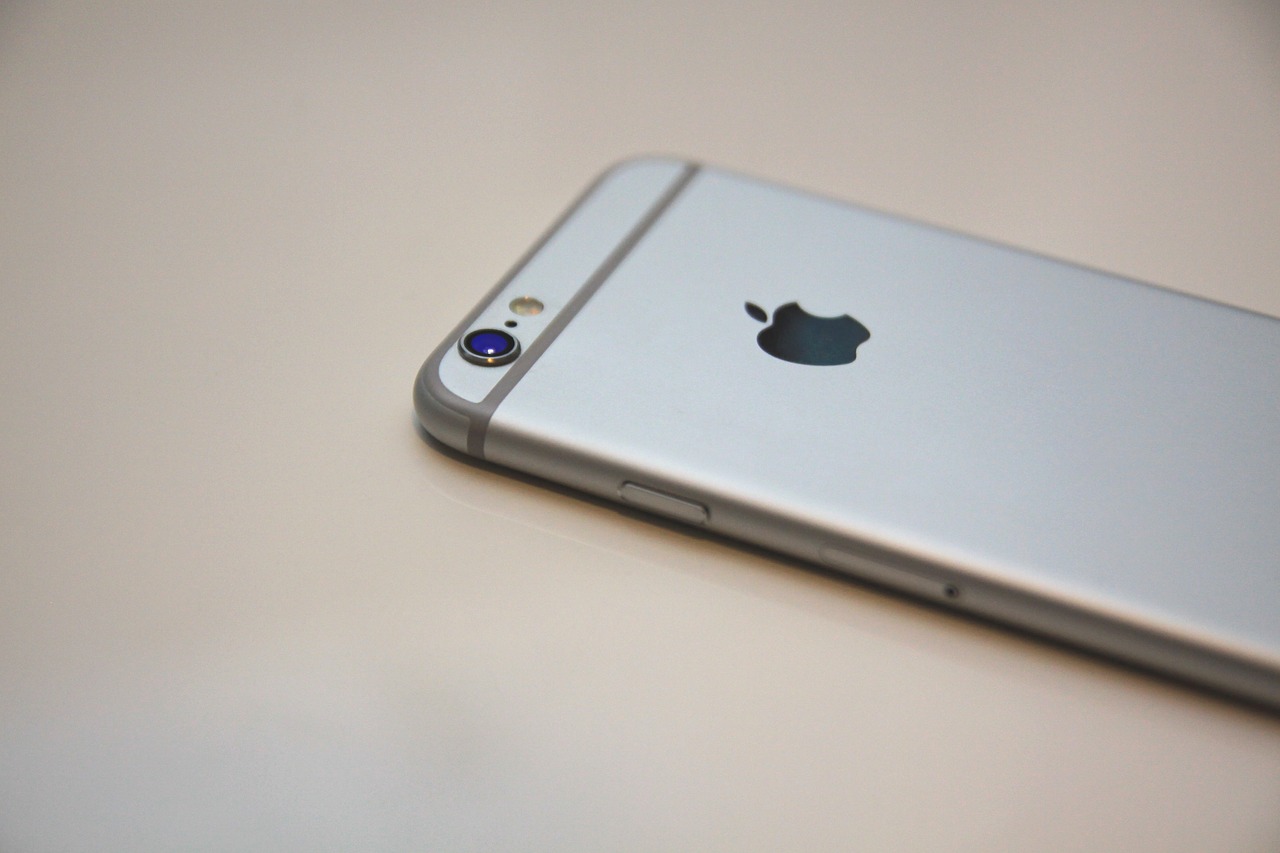If you’ve recently upgraded to a new iPhone but your old one is still in good shape, you might want to think about selling or donating it. One of the major advantages of the iPhone is that older models can still retain a lot of value and functionality. As a result, selling or donating your used device is a great opportunity to either earn a bit of extra cash, or pass on a workable smartphone to someone who really needs it.
Before you do this, however, there are a number of important things you need to do in order to protect both yourself and any future users of your old iPhone. Read on for a helpful step-by-step guide.
Step 1: Back up the phone.
 Backing up your personal data is the most important thing you need to do as you prepare to sell your iPhone. This will help you move all the critical personal information stored on your old iPhone – from contact details to photos to your favorite apps – to your new device. Backing up your device will also ensure that nothing gets lost or overlooked during the transfer process.
Backing up your personal data is the most important thing you need to do as you prepare to sell your iPhone. This will help you move all the critical personal information stored on your old iPhone – from contact details to photos to your favorite apps – to your new device. Backing up your device will also ensure that nothing gets lost or overlooked during the transfer process.
iPhone users can back up their devices via either iTunes or iCloud. Ideally, you’ll already have been backing up your iPhone regularly using one of these two methods, in which case you’ll just have to do one final backup at this stage.
Step 2: Confirm the backup.
You really don’t want to take chances with the backup stage. Few things are worse than wiping your iPhone clean only to discover afterwards that your data was improperly or incompletely backed up and you’ve lost your entire music library or photos of your family.
Once you’ve backed up your iPhone as in step one, double-check to make sure the process was completed correctly. It’s especially important to verify that all your photos have been saved, as these are sometimes backed up to a different app depending on your settings. Once you’re confident that all your data is where you want it to be, you can move on to the next step.
Step 3: Turn off the “Find My iPhone” feature.
If you’ve been using the “Find My iPhone” feature to help keep your device secure, chances are that the powerful anti-theft “Activation Lock” feature has also been enabled. If this is the case, the only way a new user will be able to activate your old iPhone is by using your original Apple ID. This will be impossible if they’ve purchased the phone from an iPhone reseller or received it as a donation from a non-profit or charitable group. To avoid this problem, make sure you turn off the “Find My iPhone” feature before continuing to prepare your device for resale.
Step 4: Restore to factory settings.
 This is the point of no return: erasing the data from your old iPhone. Once you’re confident that all your data has been backed up ready for transfer (as in steps one and two), you’re ready to wipe, and the easiest way to do this is to restore the device to its original factory settings. This process erases all content and settings from the device, basically taking it back to the state it was in when it first left the factory.
This is the point of no return: erasing the data from your old iPhone. Once you’re confident that all your data has been backed up ready for transfer (as in steps one and two), you’re ready to wipe, and the easiest way to do this is to restore the device to its original factory settings. This process erases all content and settings from the device, basically taking it back to the state it was in when it first left the factory.
To perform a factory reset, go to the “Reset” option in your general settings menu and select “Erase All Content and Settings.” Make sure you choose the option that includes the word “content”, otherwise you may end up only erasing your settings while leaving sensitive data stored on the phone.
Step 5: Confirm the reset on iCloud.
At the end of the factory reset process, your iPhone should restart and display the first setup screen. At this point, you’ve done everything you need to do on the old iPhone. However, it’s important to confirm that the factory reset has been successful by checking iCloud and Find My iPhone.
Simply log into iCloud and make sure that Find My iPhone is no longer displaying the information for your old device. If it isn’t, the phone is ready to move on to a new user. If it is, you’ll need to choose the “Erase My iPhone” option in iCloud, then remove your iPhone from your account to allow access for future users.
Step 6: Ensure your new iPhone has service.
There’s just one more step before your old phone can move on to a new owner: making sure your shiny new iPhone has functional service from your network. Service should have automatically transferred when you activated your new device, but you’ll want to double-check this before getting rid of your old phone in case there are any problems.
If you need to contact your carrier to deal with any complications, it’s often easier to still have the old device in hand, so hang on to it until you’ve confirmed that you can make and receive calls and messages on the new device and that all your data has been transferred.

